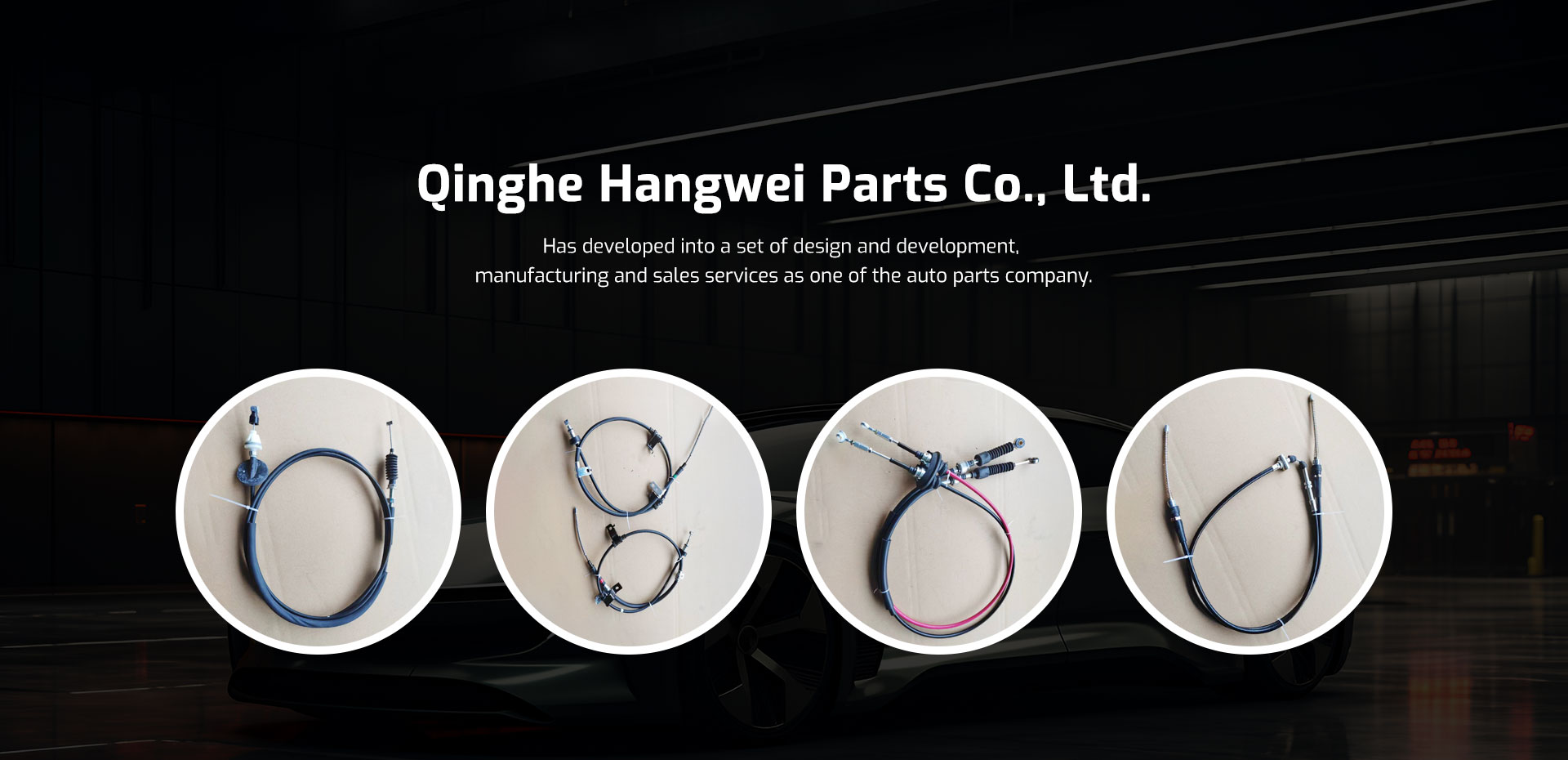throttle cable assembly
Understanding Throttle Cable Assemblies Importance and Functionality
The throttle cable assembly is a crucial component in various vehicles and machinery, playing a vital role in controlling engine performance. As the bridge between the accelerator pedal and the engine's throttle body, the throttle cable dictates how much air and fuel enter the engine, ultimately influencing acceleration and speed.
What is a Throttle Cable Assembly?
A throttle cable assembly consists of several parts, including the throttle cable itself, connectors, and sometimes springs or brackets. The cable typically has an inner wire that pulls or pushes the throttle valve and an outer casing that guides the inner wire's movement. The assembly is designed to allow smooth, reliable operation, providing an immediate response from the engine when the accelerator pedal is pressed.
How It Works
When a driver presses the accelerator pedal, the attached throttle cable pulls the throttle valve open. This action allows more air to enter the engine, increasing the amount of fuel that is injected, leading to higher power output. Conversely, when the pedal is released, the throttle cable returns to its original position, closing the throttle valve and reducing the engine's power.
Modern vehicles often use electronic throttle control (ETC) systems, which replace mechanical throttle cables with electronic sensors. However, traditional throttle cable assemblies can still be found in older vehicles and a variety of equipment, including motorcycles, boats, and lawn machinery.
Importance of Throttle Cable Assemblies
1. Precision Control Throttle cable assemblies enable drivers to deliver precise inputs, allowing for finer control of vehicle speed and performance. This precision is essential for safe driving, especially in dynamic conditions such as merging on highways or navigating tight corners.
2. Simple Mechanism The straightforward design of the throttle cable assembly makes it relatively easy to replace and maintain. Unlike more complex electronic systems, mechanical throttle cables can be serviced without specialized tools or equipment.
throttle cable assembly

3. Durability and Reliability Throttle cables are built to withstand extreme conditions, including high temperatures, moisture, and mechanical wear. A well-maintained throttle cable assembly can last for many years, contributing to the overall longevity of the engine and vehicle.
4. Performance Enhancement In performance vehicles, upgrading the throttle cable assembly can lead to improved throttle response and faster acceleration. High-performance cables are often designed with lower friction and increased strength, allowing for quicker adjustments in throttle position.
Maintenance Tips
Regular maintenance of the throttle cable assembly is crucial for optimal performance. Here are a few tips
- Inspection Routinely check the throttle cable for fraying or damage. Any signs of wear should be addressed immediately to prevent cable failure.
- Lubrication Proper lubrication of the cable can help reduce friction, ensuring smoother operation. Use a suitable lubricant and follow manufacturer guidelines.
- Adjustment Some throttle cable assemblies allow for tension adjustments. Keeping the correct tension can help ensure immediate throttle response.
- Replacement If the throttle cable shows significant wear or fails, it should be replaced without delay. A failing throttle cable can lead to engine performance issues or dangerous situations on the road.
Conclusion
In summary, the throttle cable assembly is a fundamental component that plays an integral role in vehicle operation. Understanding its functionality and the importance of maintenance can lead to enhanced performance and reliability. Whether in everyday vehicles or specialized equipment, a well-functioning throttle cable assembly is essential for ensuring a safe and efficient driving experience.
-
Workings of Clutch Pipe and Hose SystemsNewsJun.04,2025
-
The Inner Workings of Hand Brake Cable SystemsNewsJun.04,2025
-
The Secrets of Throttle and Accelerator CablesNewsJun.04,2025
-
The Hidden Lifeline of Your Transmission Gear Shift CablesNewsJun.04,2025
-
Demystifying Gear Cables and Shift LinkagesNewsJun.04,2025
-
Decoding Clutch Line Systems A Comprehensive GuideNewsJun.04,2025
